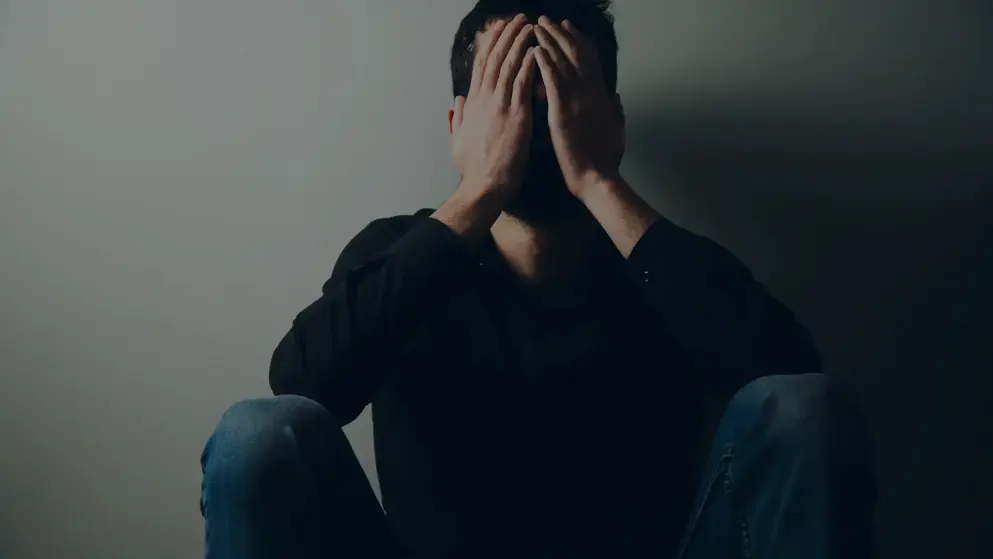
Depression
What is depression?
Depression is a debilitating condition most often characterised by a loss of interest or enjoyment in everyday living. The severity and symptoms of depression varies for different types of depression, the most common of which includes major depressive disorder, persistent depressive disorder, bipolar disorder, postpartum depression and seasonal affective disorder.
What are the symptoms of major depressive disorder?
Major depressive disorder (MDD), sometimes referred to as clinical depression, is the most common type of depression, affecting up to 300 million people worldwide1. MDD is a mood disorder whereby patients typically present a loss of interest in their favourite activities, low mood, fluctuations in weight and sleeping patterns, fatigue, and in some cases, thoughts of death and suicide (suicide ideation).
What is the burden of major depressive disorder?
The importance of treating major depressive disorder is reflected in the high burden it places on the patient, with the more serious cases unable to carry out daily activities of living or experiencing suicide ideation2,3. There is also an often-neglected negative impact on the carers of people living with depression, and a significant socioeconomic burden3.
How is major depressive disorder treated?
The management of major depressive disorder can involve both nonpharmacological and pharmacological strategies, or a combination of both. Non-pharmacological treatments for major depressive include talking therapies, cognitive behavioural therapy (CBT) and neurostimulation techniques such as electro-convulsive therapy (ECT), deep brain stimulation (DBS)2. Pharmacological antidepressant treatments include selective serotonin reuptake inhibitors (SSRIs), serotonin and norepinephrine reuptake inhibitors (SNRIs), as well as tricyclics and tricyclic-related drugs, monoamine oxidase inhibitors (MAOIs), amongst others.
How is treatment-resistant depression treated?
A key unmet need for major depressive disorder includes managing treatment-resistant depression (TRD), whereby a patient does not respond to the standard pharmacological treatments2,4. These patients are at higher risk of hospitalisation and suicide2,3. Treatment-resistant depression treatments are limited, and are often used alongside non-pharmacological strategies5.
of interest
are looking at
saved
next event
References
- Daly EJ, Singh JB, Fedgchin M, Cooper K, Lim P, Shelton RC et al. Efficacy and Safety of Intranasal Esketamine Adjunctive to Oral Antidepressant Therapy in Treatment-Resistant Depression: A Randomized Clinical Trial. JAMA Psychiatry. 2018;75:139–148.
- Salahudeen MS, Wright CM, Peterson GM. Esketamine: new hope for the treatment of treatment-resistant depression? A narrative review. Ther Adv Drug Saf. 2020;11:2042098620937899.
- Jaffe DH, Rive B, Denee TR. The humanistic and economic burden of treatment-resistant depression in Europe: a cross-sectional study. BMC Psychiatry. 2019;19:247.
- Gaynes BN, Lux L, Gartlehner G, Asher G, Forman-Hoffman V, Green J et al. Defining treatment-resistant depression. Depress Anxiety. 2020;37:134–145.
- Voineskos D, Daskalakis ZJ, Blumberger DM. Management of Treatment-Resistant Depression: Challenges and Strategies. Neuropsychiatr Dis Treat. 2020;16:221–234.

